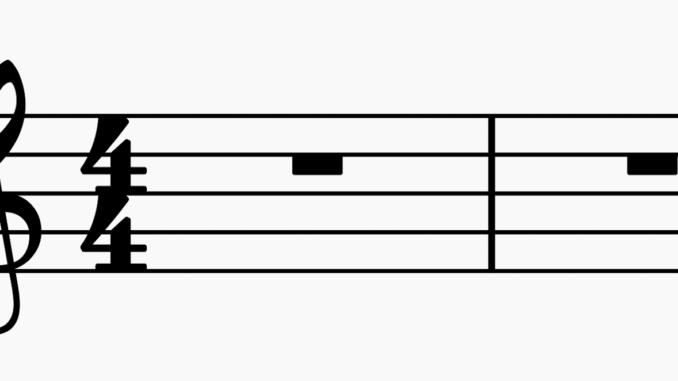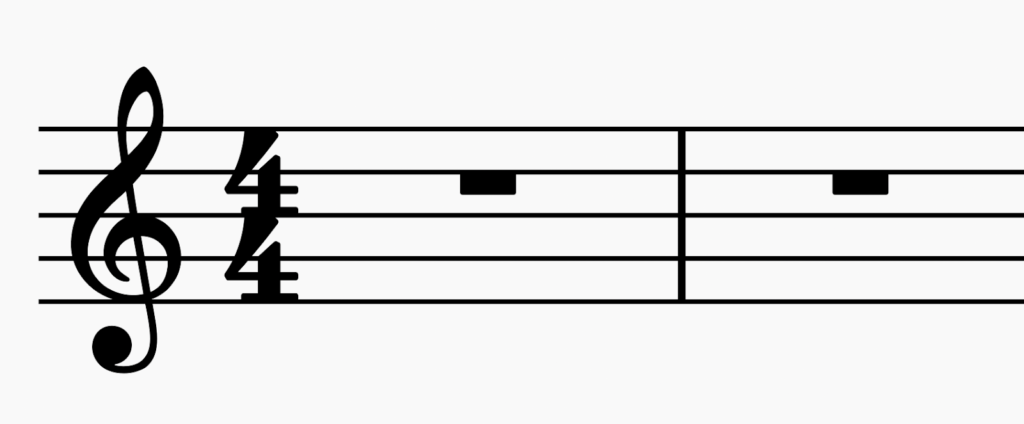
Music, by definition, is an art form built on sound. From the soaring melodies of an orchestra to the pulsating rhythms of a drum solo, it’s the organized interplay of vibrations that captures our emotions and sets our feet tapping. But amidst the tapestry of sound lies another element, often overlooked but crucial in creating a truly impactful musical experience: silence.

Exploring the Psychology of Silence in Music
Silence in music, far from being an absence of sound, is a powerful tool composers and performers wield to evoke emotions, create tension, and shape the narrative of a piece. This article delves into the fascinating world of musical silence, exploring its psychological impact and delving into the ways it enriches our musical experiences.
The Power of Pause:
Our brains are wired to crave meaning and seek patterns. When silence interrupts a musical flow, it acts as a pause, a moment of anticipation. This anticipation triggers the release of dopamine, a neurotransmitter associated with pleasure and reward. We become invested, waiting for the music to resume, heightening the impact of the next note when it finally arrives. Think of the dramatic pauses before a climactic resolution in a symphony, or the pregnant silence before the final verse of a poignant ballad. These silences amplify the emotional weight of the music, leaving a lasting impression on the listener.
The Language of Space:
Silence also serves as a space within the music, allowing the listener to breathe, reflect, and process the preceding sounds. This space creates room for interpretation, fostering a deeper emotional connection with the music. Imagine the quiet introspection after a passionate outburst in an operatic aria, or the contemplative silence following a virtuosic solo. These silences allow the listener to dwell on the emotional resonance of the music and form their own personal interpretations.
Building Tension and Release:
Silence can be a potent tool for building tension and suspense. By withholding the expected continuation of the melody or harmony, composers create a sense of anticipation and unease in the listener. This is often employed in film scores to build anticipation before a shocking reveal or create a sense of danger. The silence itself becomes charged with meaning, heightening our awareness and preparing us for the emotional impact of the music that follows.
Contrasting and Highlighting:
Silence can also be used to create contrast and highlight certain musical elements. Imagine a piece with a constant, driving rhythm suddenly punctuated by a moment of complete stillness. The silence draws our attention to the return of the rhythm, making it sound even more impactful. Similarly, silence can highlight the beauty and fragility of a solo instrument or a delicate melody, allowing it to stand out amidst the surrounding soundscape.
Cultural Interpretations:
The meaning and impact of silence in music are not universal. Different cultures have varying interpretations and expectations of silence, influencing how they perceive and respond to it in music. In Western music, silence tends to be associated with pauses, reflection, and emotional depth. However, in other cultures, silence might represent emptiness, boredom, or even disrespect. Understanding these cultural nuances is crucial when interpreting and appreciating the use of silence in music from diverse backgrounds.
Beyond the Notes:
The use of silence extends beyond classical music and traditional forms. Even in popular music genres like rock and pop, silence plays a crucial role. The power ballad, for instance, thrives on the contrast between quiet verses and explosive choruses. Similarly, in electronic music, silence can be used to create space between pulsating beats, adding depth and texture to the overall soundscape.
The Art of Listening:
Ultimately, appreciating the power of silence in music requires active listening and a willingness to engage with the music beyond the surface level. It’s about recognizing the pauses, the spaces between the notes, and understanding how they contribute to the overall emotional journey crafted by the composer and performer. By doing so, we unlock a deeper level of appreciation for music and the powerful emotions it can evoke, even in the absence of sound.
Bass Tabs
Banjo Tabs
Mandolin Tabs
Ukulele Tabs
Dulcimer Tabs
Piano Sheet Music
How to get your music onto more Spotify Playlists
